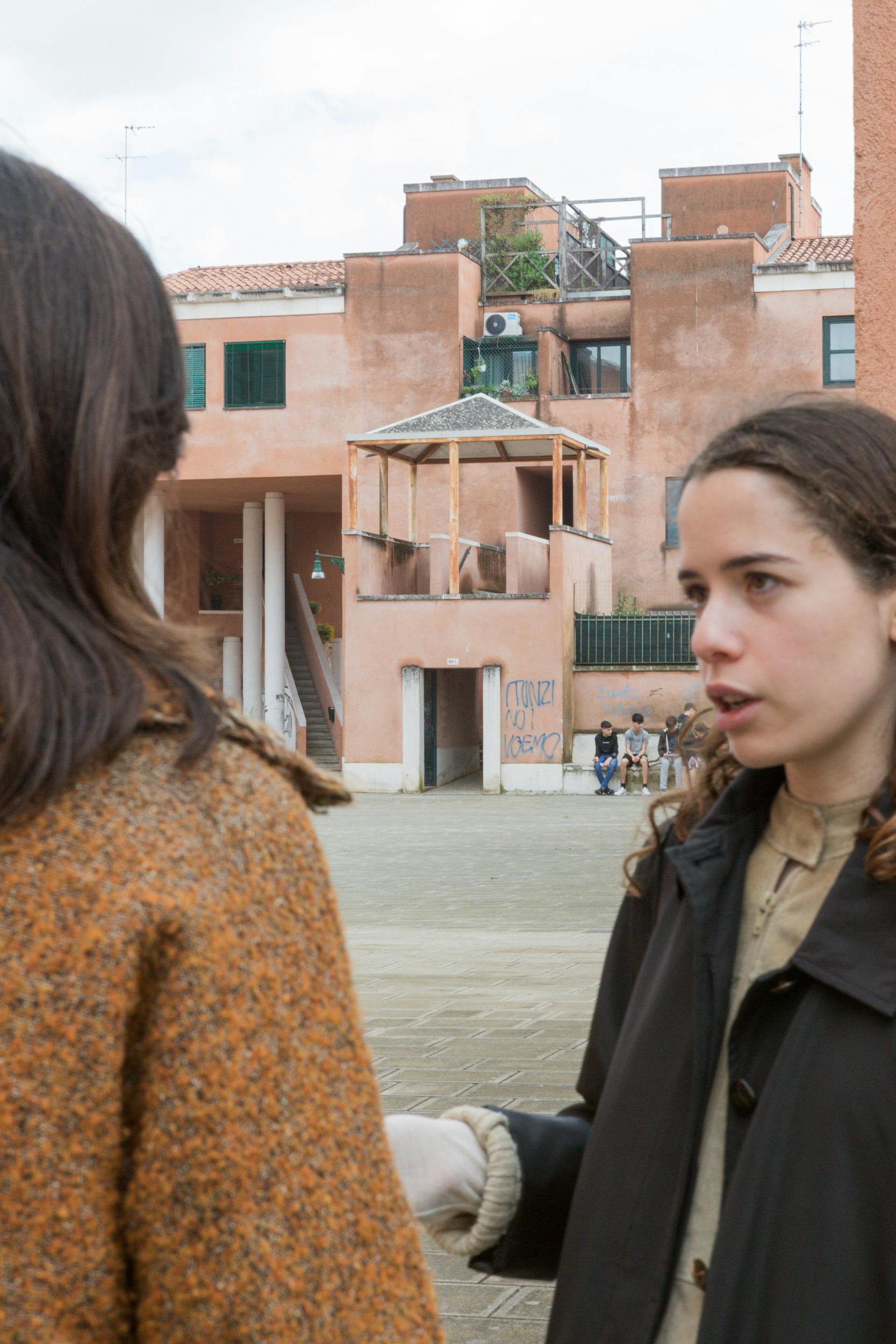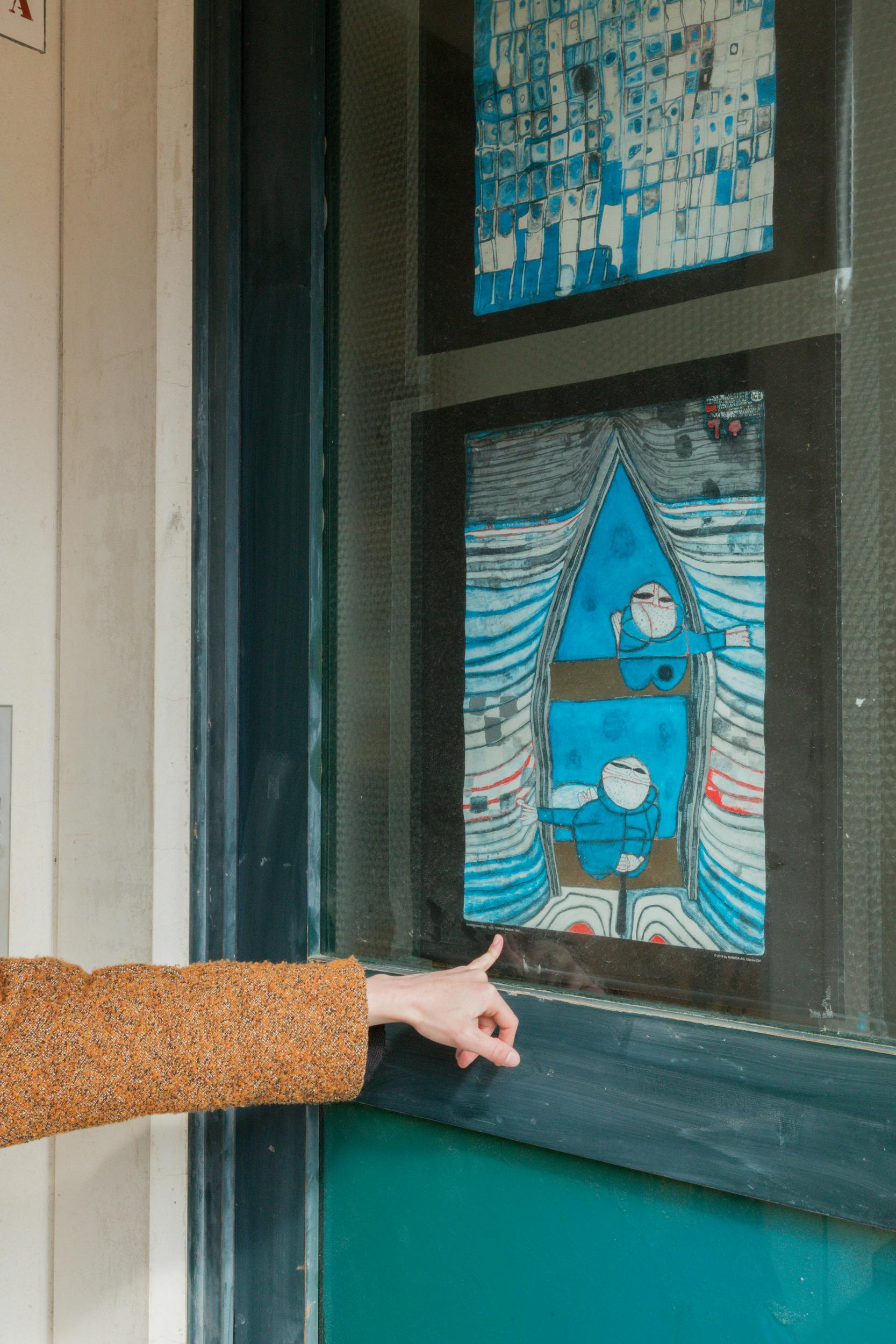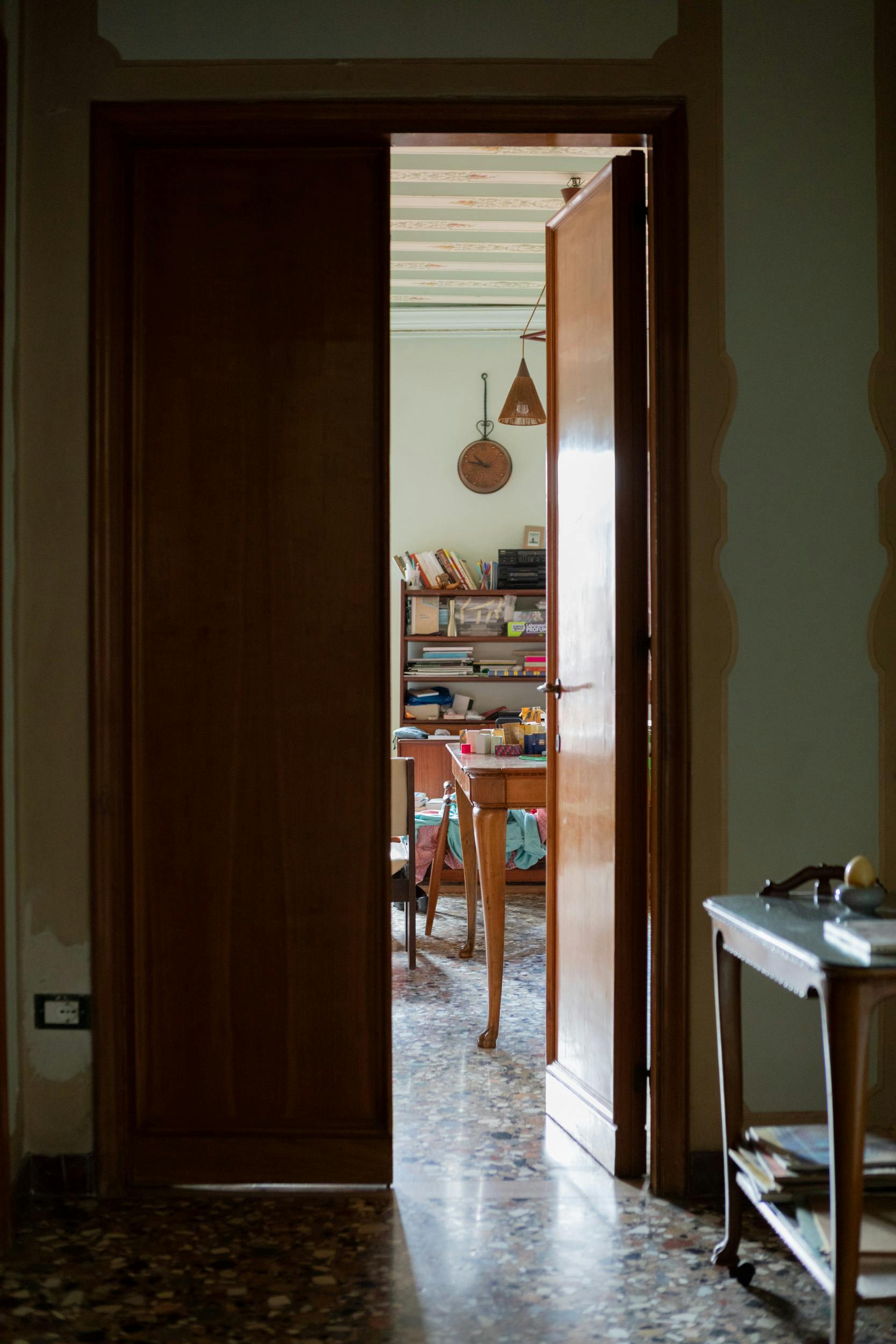The Scent Curator

Even though she denies it, Marina Marques is an artist — or at least thinks as one. She’s unable to leave Venice, even if she says she wants to.
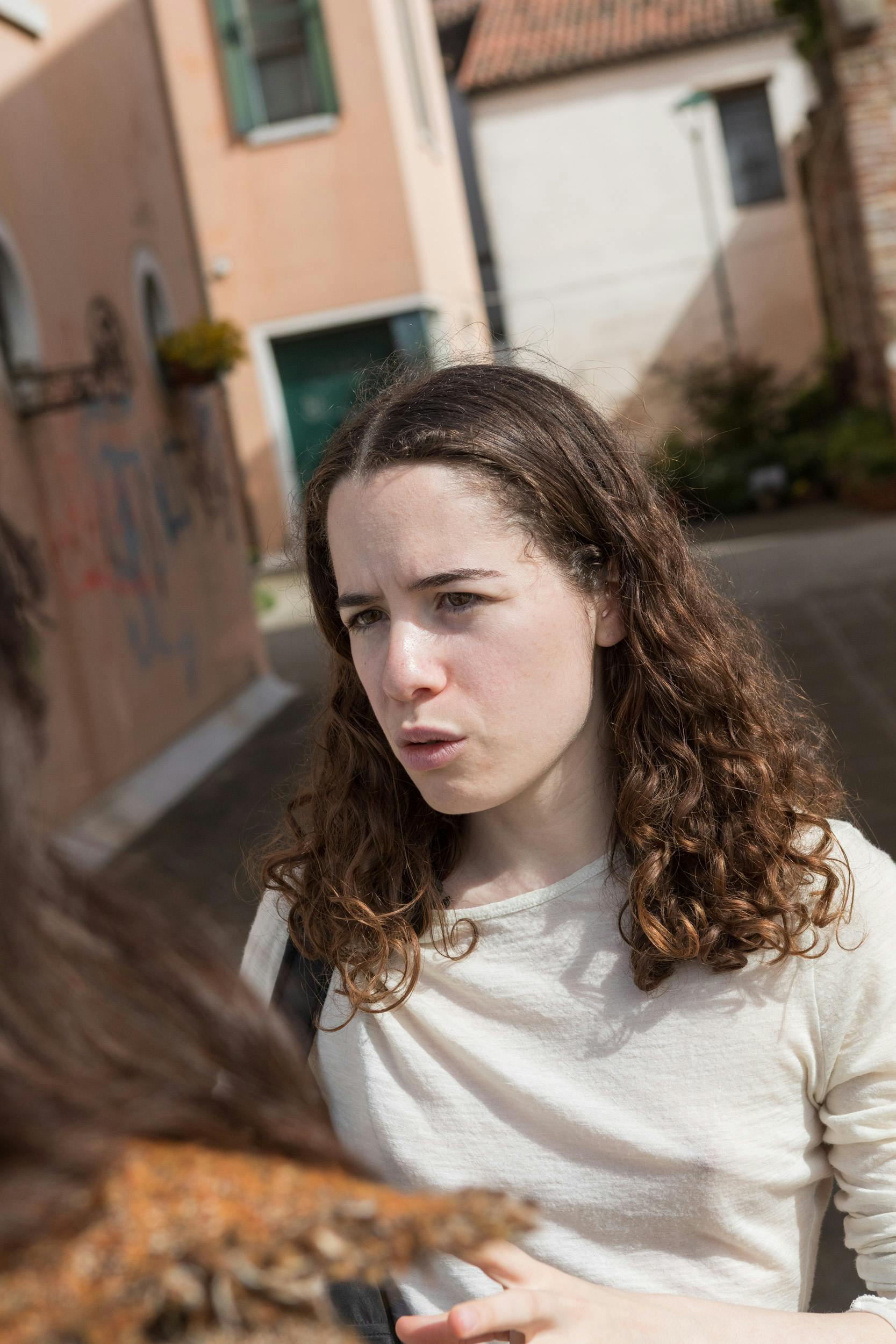
Marina Marques may appear like a literary character to those who have crossed paths with her in the 10 years since she’s lived in Venice. She is petite, with smart and penetrating large dark eyes. She’s a 26-year-old libra, whose aura evokes that of an innocent (but seductive) diva. She proudly compares herself to a sexless child. Born in Natal, Brazil, Marina Marques is a curator and art researcher, focusing on what she calls ‘the immaterial.’ After a period at Oliviero Toscani’s Fabrica, her projects — like the ‘aid kit’ You Keep Me Under no Smell and the upcoming ‘empathic cookbook’ In Search of The Lost Taste — mostly center on scents, celebrating olfactory art as the expression of a sensory realm still largely overlooked. Marina Marques is also a friend. When Laguna~B opened its first storefront and gallery near our headquarters in Venice, she helped along, while still carrying on with her personal projects. In the process, she came up with some special ideas — one, in particular, you’ll learn about at the end of the interview. On a windy April day, we strolled across Marques’ favorite neighborhood — a complex of modern buildings in the Cannaregio district named Baia del Re, marking the northern limit of the island.
Caterina Capelli
When did you move to Venice? And why?
Marina Marques
I moved here in 2016. Up to that point, Venice was the only place I had seen except for my hometown, because the only holidays my parents ever planned were visits to the Biennale Arte. Every two years, we traveled to Venice for three or four days: I was convinced that the city coincided with the Biennale. In my mind, Venice was a place made of a few beautiful houses with exhibitions inside. [When I moved,] I had no recollection of the city centre, I didn’t remember anything – only the Biennale that was already a city of its own to me. I was really small, and the pavilions looked really big. Even afterwards, the city remained connected to this particular moment – when vast, diffuse exhibitions take over the city. Since I wanted to start a career in the art world, Venice was my only reference. It was a bit of a blind choice.
Caterina Capelli
Why did you stay? Lately, I have often heard you complaining about Venice.
Marina Marques
Every time I tried to leave, the city created the reasons for me to stay.
Caterina Capelli
Like what?
Marina Marques
Well, like interesting jobs popping out of the blue the moment I decide to leave, relationships suddenly arising or returning, unexpected help or deals — like the house where I live now, you know. As if the city, every time I resolve myself to leave her, tries to win me back.
Caterina Capelli
Sounds like a proper love affair, a bit toxic perhaps…
Marina Marques
Yes, I’ve always perceived it like that…Like a toxic marriage, where you have this bond that you can’t choose anymore, if you want to break free, the only thing you can do is take the uncompromising decision to run away. But I can’t do it.
Caterina Capelli
You mentioned your house. I’ve been there, near the Accademia — and one of my favorite restaurants, Vini da Arturo — and I know it’s a very special place. How did you end up there?
Marina Marques
I had decided to leave because I had met Oliviero Toscani and entered Fabrica — his residency for creative talents under the age of 25 — when he was ‘rejuvenating’ the project. It was 2018. I thought, ‘Goodbye, I’m never going to go back to Venice.’ But in those very days, a friend told me about this special house dubbed Ca’ Tentori, established decades prior as a sort of residence for art students who couldn’t afford rent in Venice. It belongs to Gioia Tentori, a chemistry teacher from Trento who…

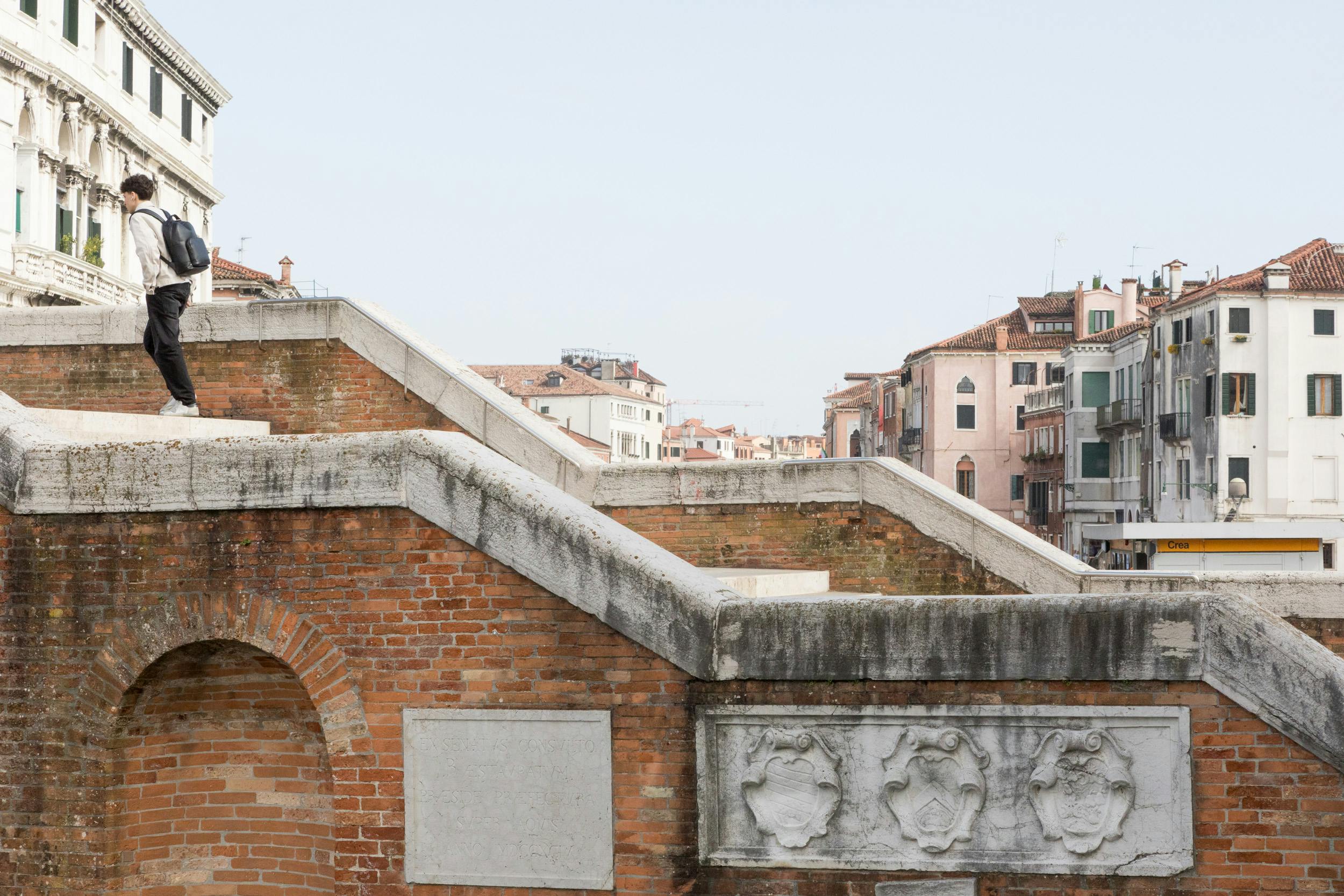
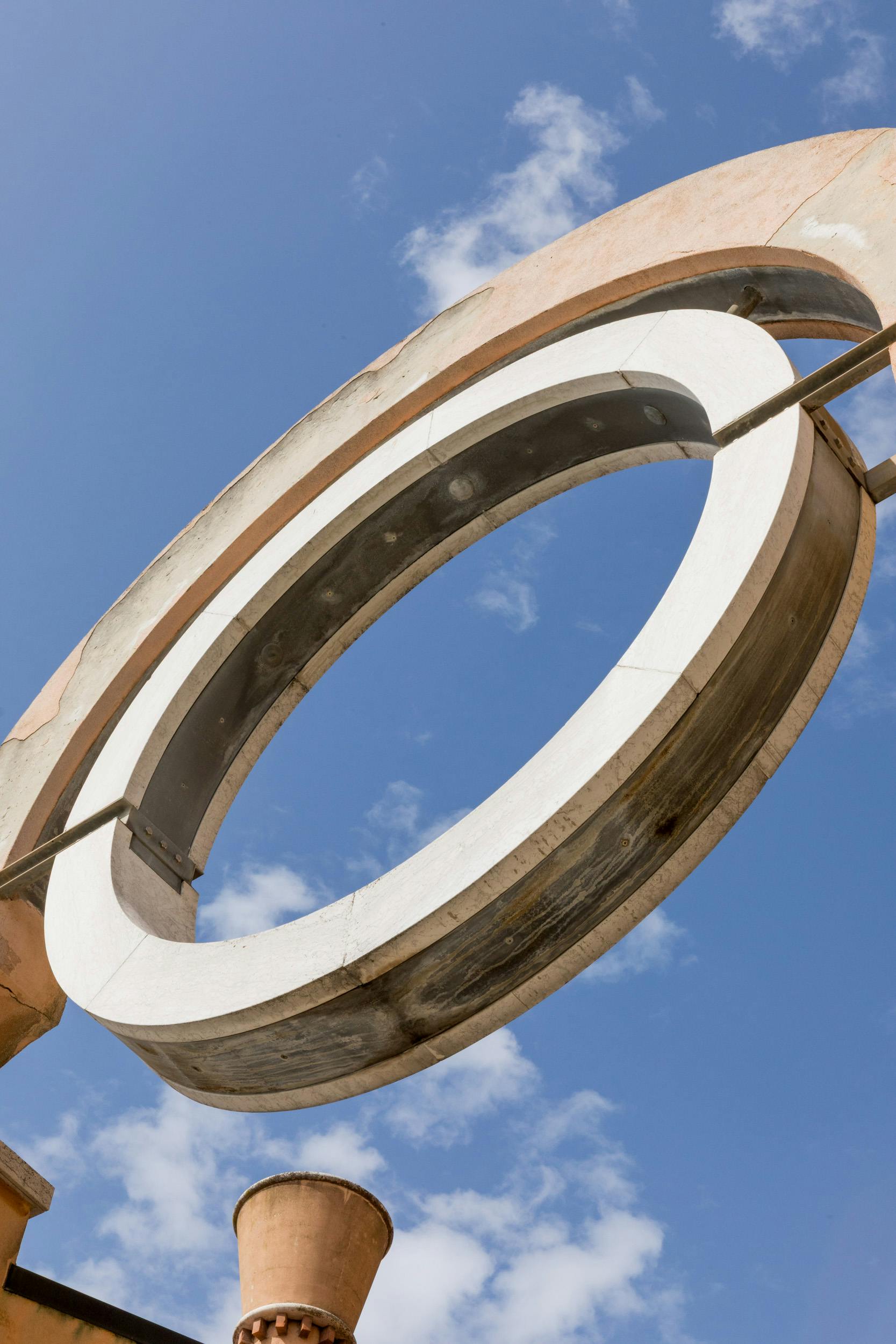
Caterina Capelli
Sorry to interrupt you, but — do you know I’ve never come here?
We find ourselves walking under a perfectly rounded arcade, marking the entrance of Baia del Re. Porches, arcs, and a labyrinth of red walls frame a spectacular view of the northern lagoon and, behind it, the mainland.
Marina Marques
Whaaaaaat?
Caterina Capelli
I always see the neighborhood from the train, but have never come in person.
Marina Marques
That’s what everyone says — perhaps because it’s not easy to understand how to get here.
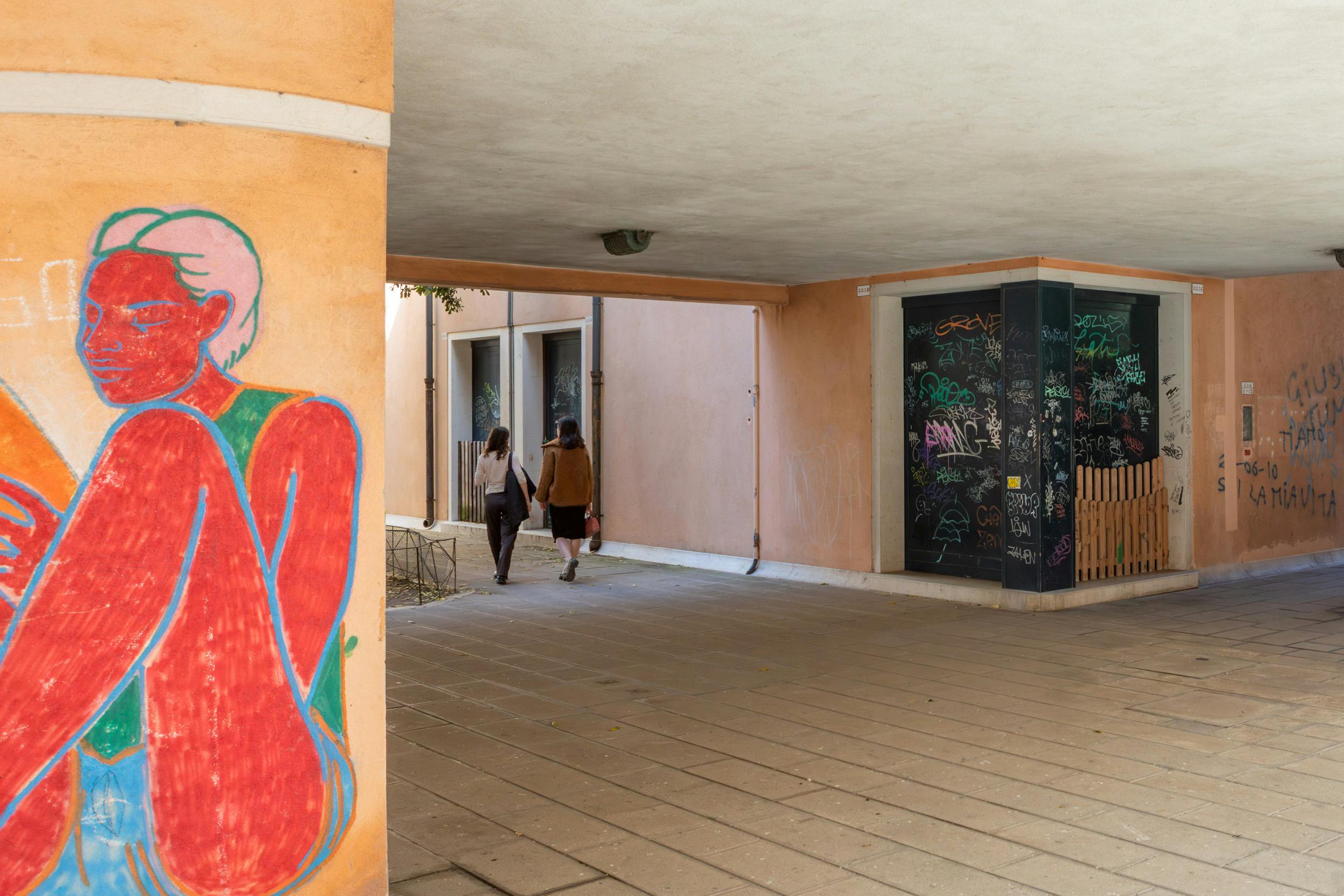
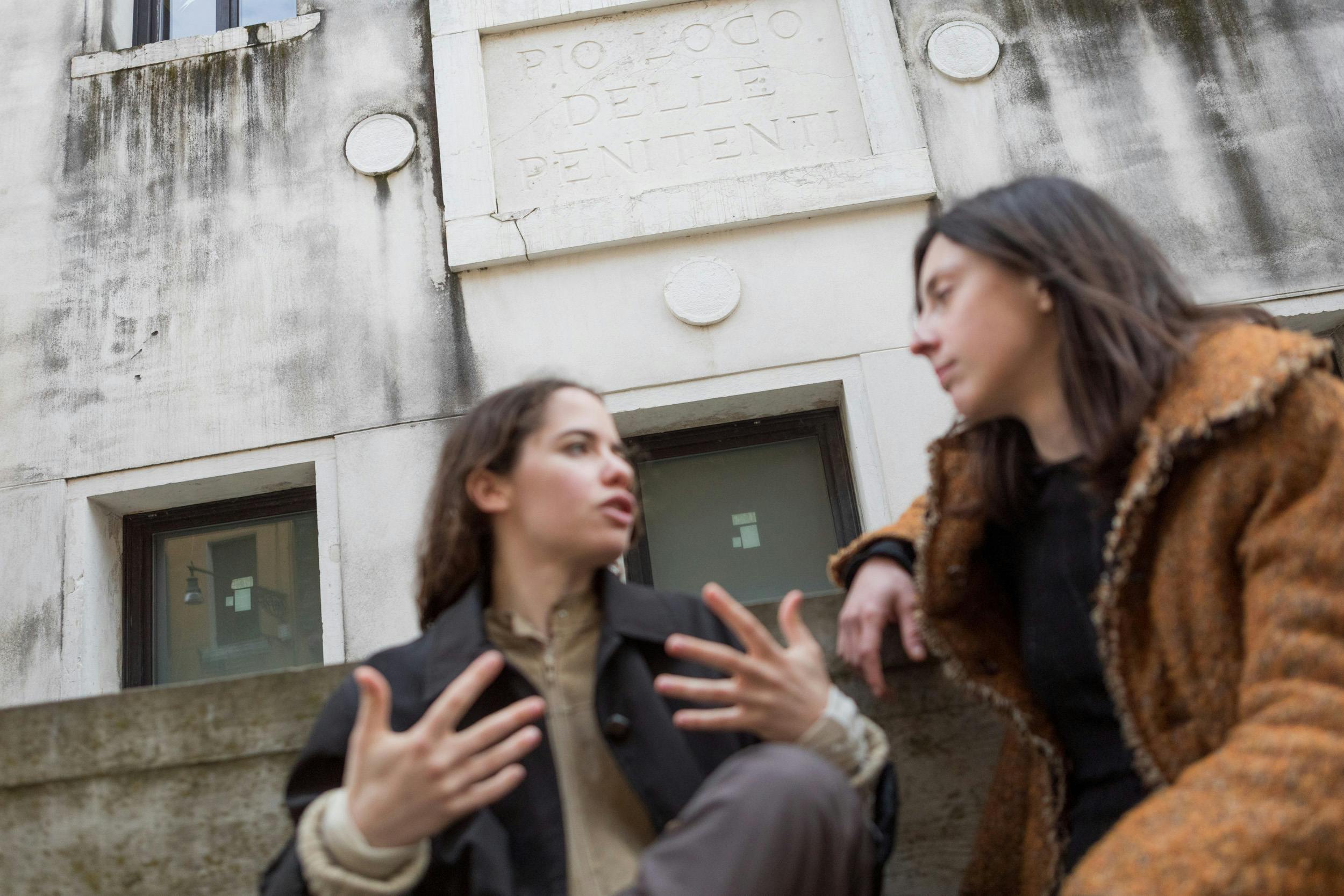
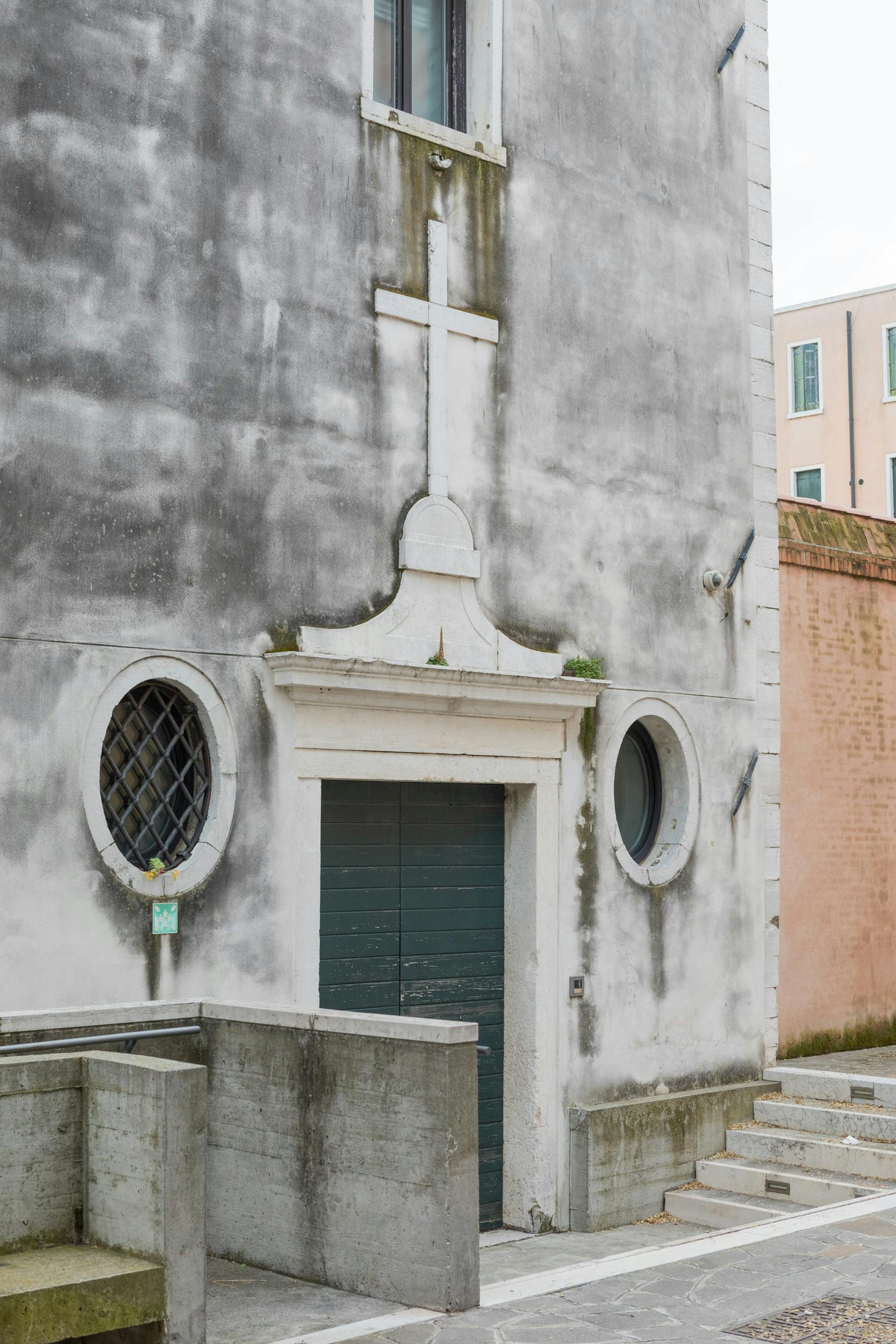
Caterina Capelli
It's so beautiful!
Marina Marques
It’s a famous make-out spot. [she laughs]... It’s my favorite place. When I want to make someone feel special, I bring them here, under this vault.
Caterina Capelli
Ok, sorry, what were we saying about the house? — It’s always been so mysterious and fascinating to me since I first stepped in.
Marina Marques
Gioia Tentori comes from a pretty wealthy family. She inherited the house – she had lived there for a while as a young girl, but didn’t like it. She wanted to be surrounded by nature, in the mountains, where she lives now. So she decided to entrust it to a group of female art students from the Accademia, to avoid having to take care of it herself. This was approximately 30 years ago. The house – which is huge – was already old at the time, and needed extra maintenance and care. The girls would be its guardians. Since then, this arrangement has persisted: My housemate and I are the last tenants, the last generation of keepers. Gioia Tentori is quite old now, so I don’t know if this will continue much longer. It felt absurd when I learned about the house. There is no rent, so I had to ‘win’ it. You had to travel up to the mountains surrounding Trento, meet Tentori, bring her a certificate proving you couldn’t afford rent, and show her your artist portfolio to prove your artistic potential. She was 75 when I visited her.
Caterina Capelli
What did you show her?
Marina Marques
I brought my fine arts photography portfolio.
Caterina Capelli
What about those colorful drawings of figures that look like they might be out of Ancient Egypt, hand-painted on cabinets and the ceiling? Who made them?
Marina Marques
Nobody knows. The story goes that an eccentric lawyer lived there before Tentori and inserted these mysterious paintings throughout the house. But we don’t know for sure.
Caterina Capelli
Do you think it’s haunted? Many houses in Venice are said to be.
Marina Marques
It certainly is. You know, cabinet doors often open by themselves at night. At 4 AM, you might easily hear ‘tah!’ Also, if I host someone and I’m not at home, something always happens! Usually annoying stuff: The key ‘melts’ in the lock, the key breaks in the lock, the sink breaks, the washing machine breaks, the wi-fi doesn't work, something falls out – it’s always something.
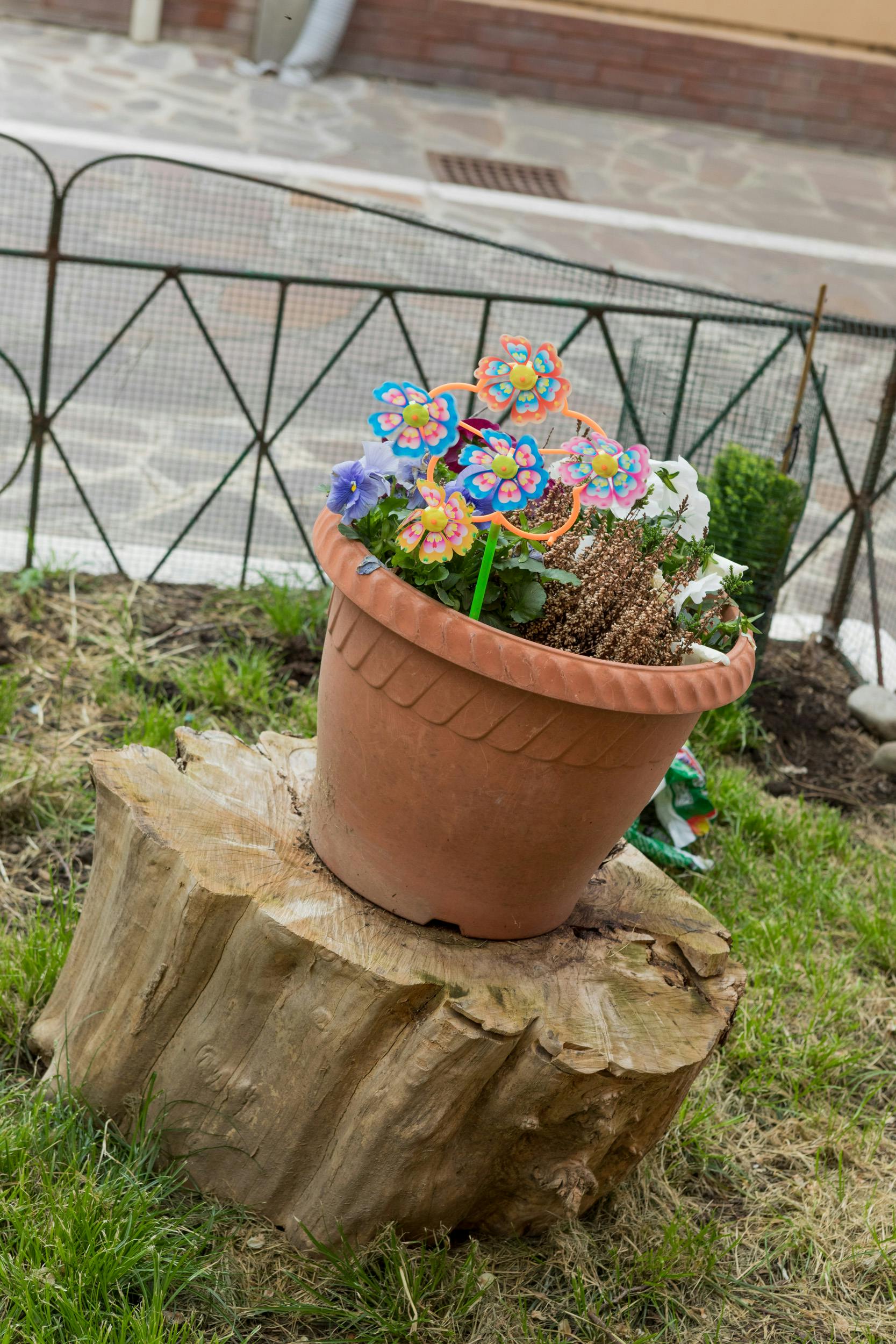
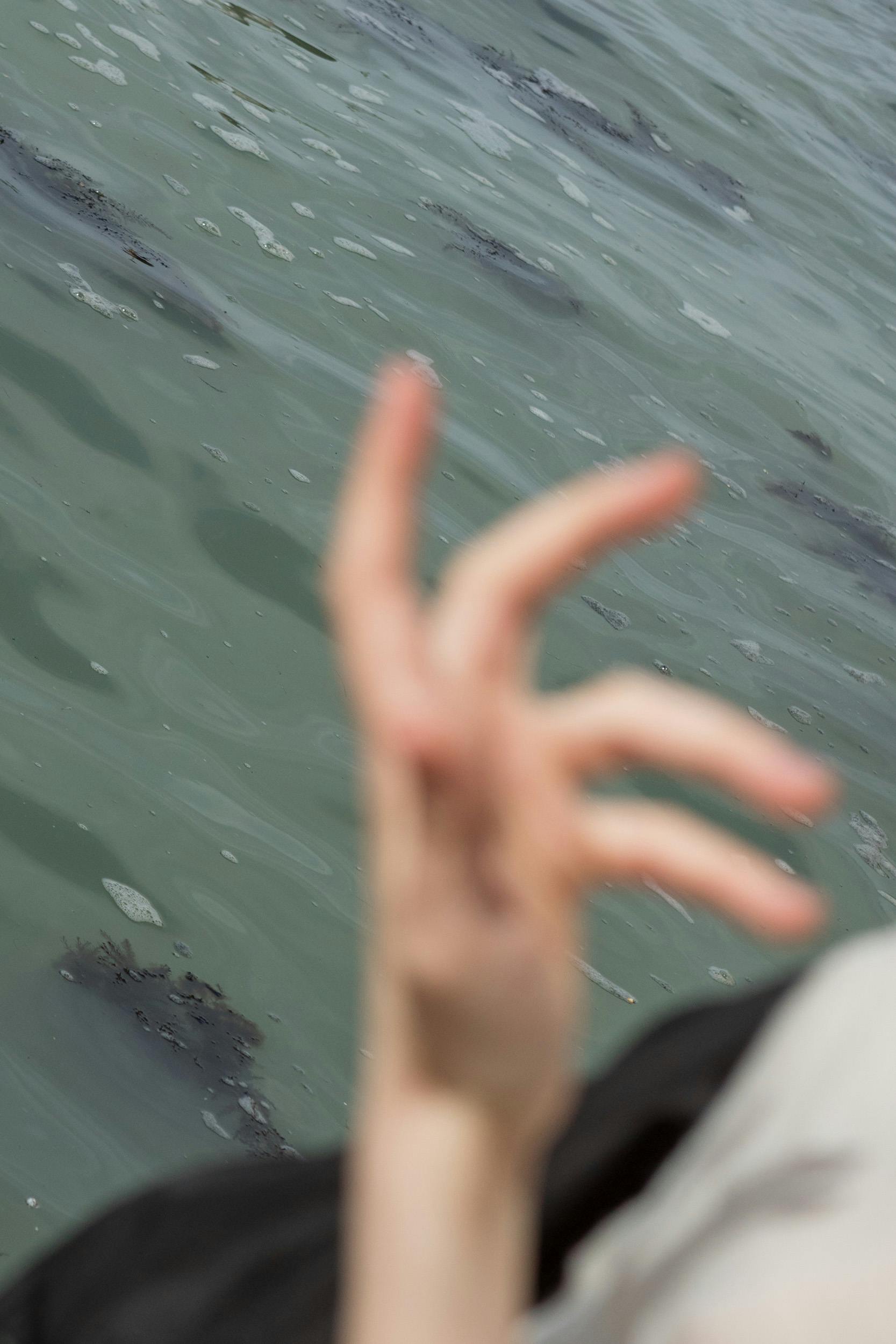
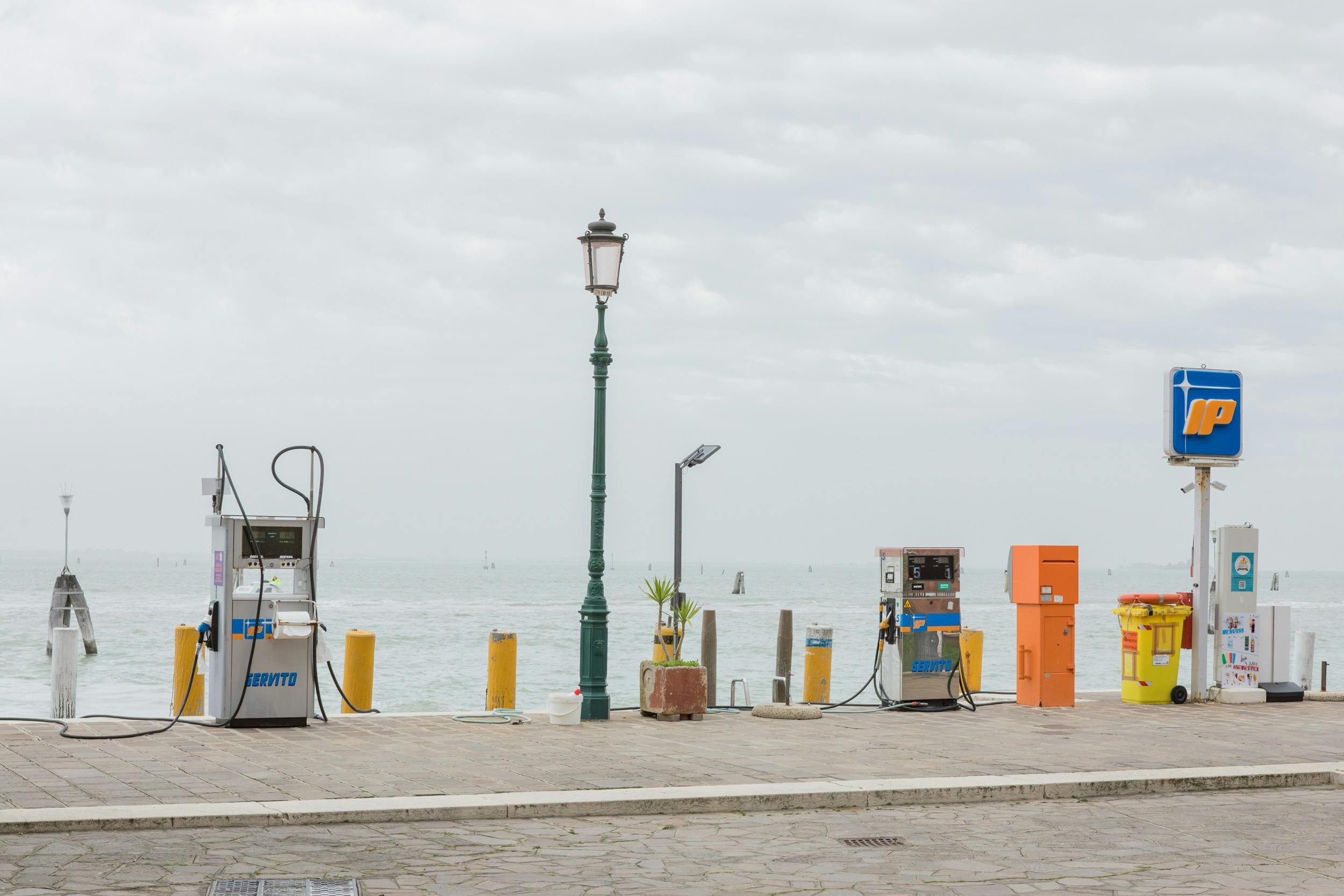
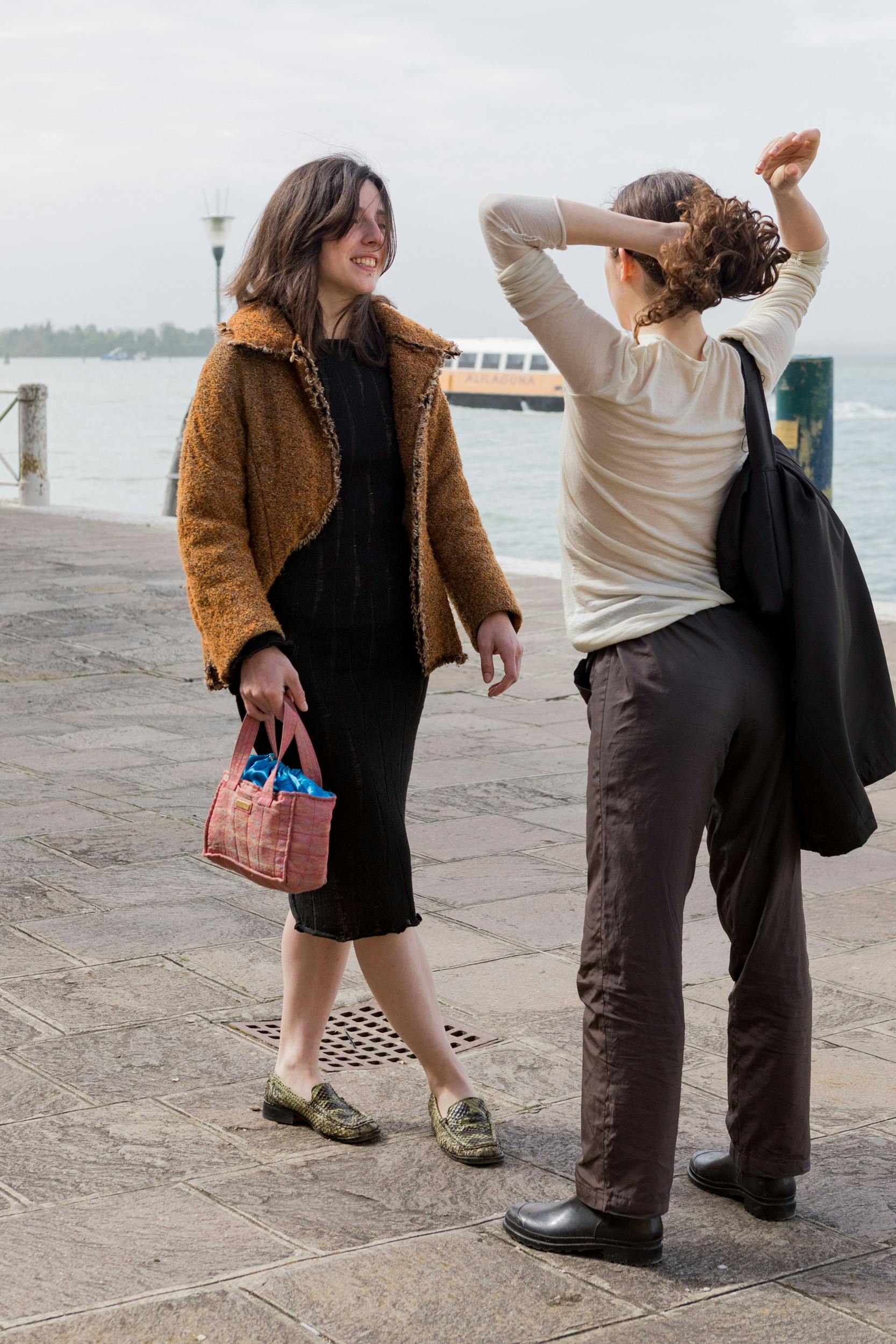
Caterina Capelli
How did you start your experience at Fabrica?
Marina Marques
Oliviero had rented two spaces in front of where I was living at the time, near Fondamenta Sant’Anna. With his team, they had planned a portfolio review and set up an aperitivo for the occasion. I didn’t know who Oliviero Toscani was, only that he was famous. On my way home from a photography exam, I noticed these stalls with free drinks right in front of my house. I went to take a look, and bumped into a friend who had signed up for the review. I learned there was a free slot so I signed up too. I did the interview without even knowing exactly what Fabrica was. But Oliviero and I got into a discussion very quickly.
Caterina Capelli
About what?
Marina Marques
He asked me why I did black and white photography. And I was like, ‘I like contrasts.’ And he said: ‘Well, I do too. I can tell you have contrasts.’ He was really outspoken, but in a genuine way. ‘Your photos might have been shot by anyone, I’ve seen this thousands of times,’ he continued. Then he asked me why I was living in Venice, and I explained I wanted to be a photographer, but wasn’t very happy with my courses at the Accademia. ‘Well, welcome to Fabrica then.’ After three months, I began working at their hub in Treviso. Aaaaah, che ben questo vento! My goodness, this Fondamenta is so beautiful. I love it here.
Caterina Capelli
So what kind of relationship did you two have?
Marina Marques
Oliviero had a narcissistic personality, and I get along well with narcissists.
He was also very impatient — he immediately recognized someone’s potential, but lost his temper quickly if his predictions weren’t satisfied. He had high expectations of me — perhaps because I was the youngest, but also the cheekiest and, as he put it, the ‘most free.’ Our personalities collided. I began frequently opposing what he said, telling him when something didn’t meet my taste. But you couldn’t predict when he was in the mood to be challenged, and when he wasn’t.
Caterina Capelli
How did it end? Did you leave?
Marina Marques
Yes, but I felt like he wanted me to. Communication was increasingly difficult. Once, I shot some photos for Castelbajac’s show at that year’s Milan Fashion Week. I did two series — one rougher, with colder tones, shot with my phone; the other with a medium format analog camera my dad had given me. Before the show my camera broke so I had to come up with something, and I had found this escamotage. I sent Oliviero the work accompanied by a long explanation. He snapped: ‘Had you sent me only one series, that would have made sense. Instead, you didn’t choose and made excuses to explain yourself. You have to calm down, meditate, because your brain thinks so much that it ends up not thinking anymore, and you get trapped in your own mental wanking.' Eventually, he told me to leave saying I ‘wanted to be an artist.’ And that was no place for artists. I obeyed, even though I later learnt he didn’t mean it.
Caterina Capelli
And do you? Want to be an artist?
Marina Marques
No. Being an artist is a choice — choosing to spend your time creating something from your interiority, which doesn’t yet exist in the world. And I can’t choose which of the million things I’d love to do I should actually pursue. I normally prefer the curatorial job, where I can hide somehow — and not choose which side of myself to expose.
Caterina Capelli
Yet, — as you do it — curatorship still reflects your artistic practice. It’s a tool to express your thoughts and vision. I think that, for you, being a curator means being an artist, too, through other people’s work.
Marina Marques
Or, through the activation of systems and new tools. But always directly avoiding the production of objects or anything that should be physically signed by me.
Caterina Capelli
Why do you find signing something so unsettling?
Marina Marques
It makes me panic, because I’ve never chosen to be a creative entity. Having the responsibility of making something and putting my name on it makes me anxious. It’s so intimate. I don’t think a dematerialized project should be considered less artistic anyway.
Caterina Capelli
What do you mean?
Marina Marques
Today, the meaning of ‘artistic production’ has blurred. Art doesn't necessarily have to be a physical object.
Caterina Capelli
I know you see it that way. And I know much of your research focuses on the immaterial, specifically the sense of smell.
Marina Marques
It all began with my anxiety towards the sense of responsibility that comes with creating something visible. In photography, for example, you must confront a series of references, history, and culture before you’re able to produce something really original. To me, a perfectionist who would never want to make naif work, that’s scary. After I left Fabrica, I began researching the field of olfaction. Are you cold?
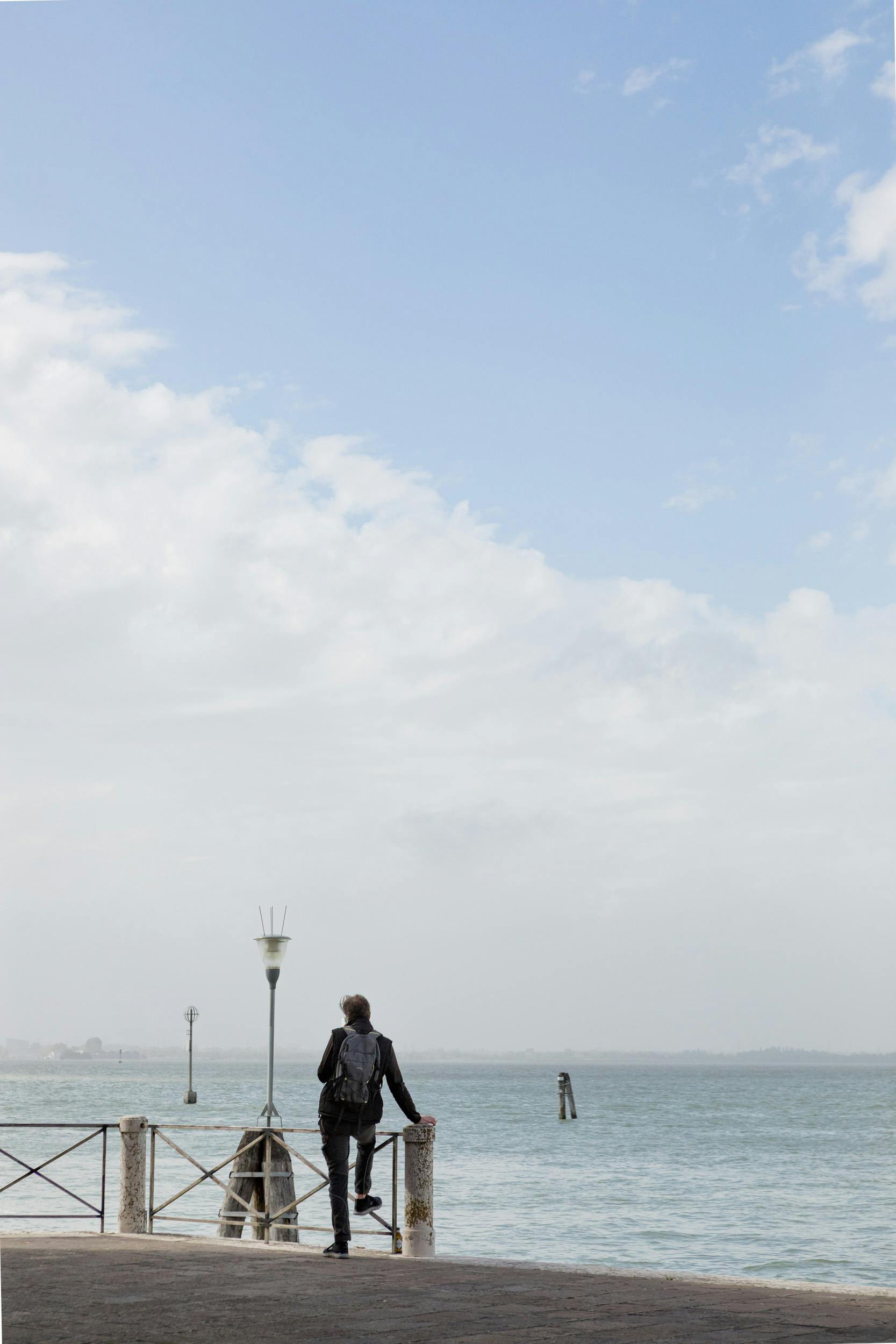
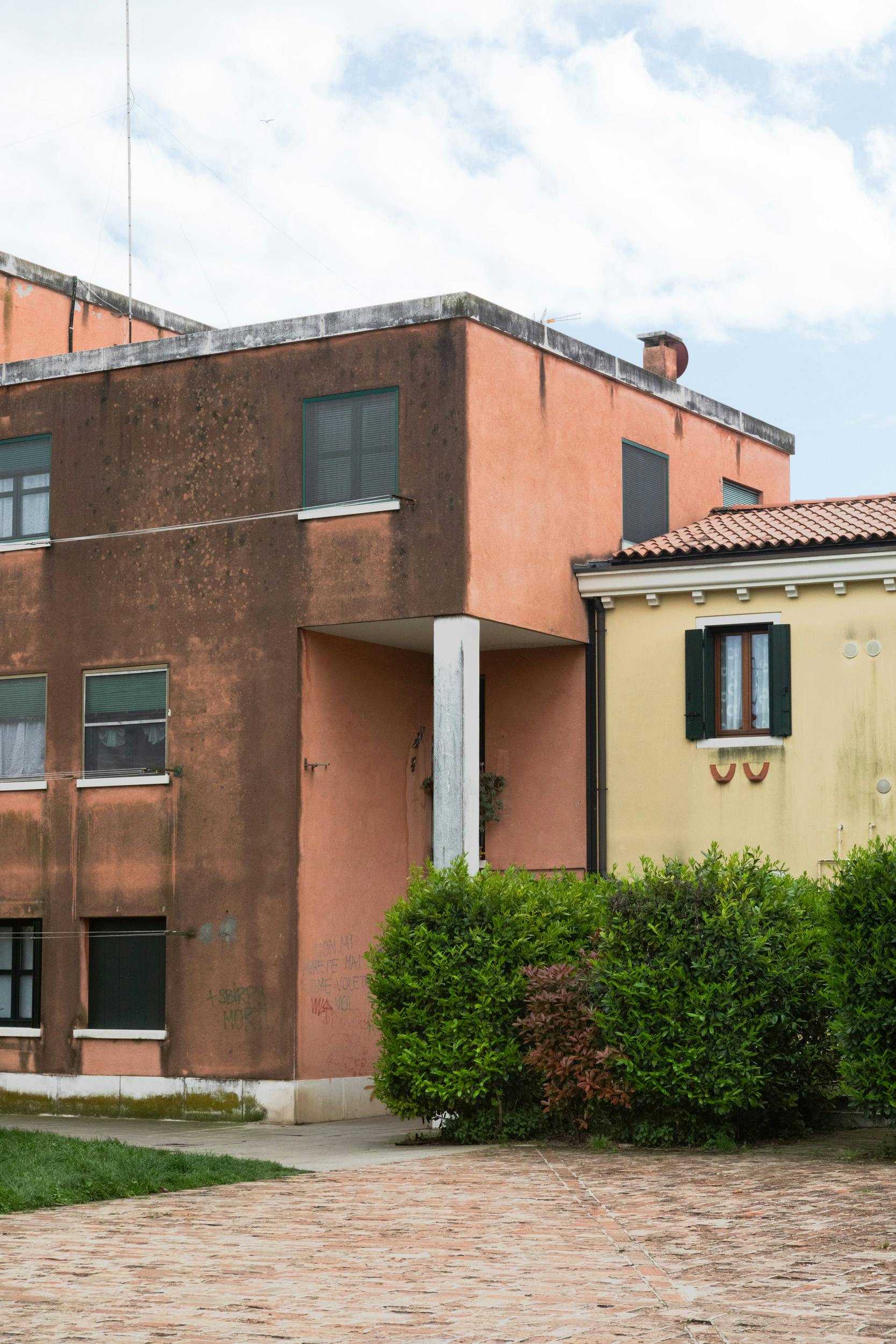
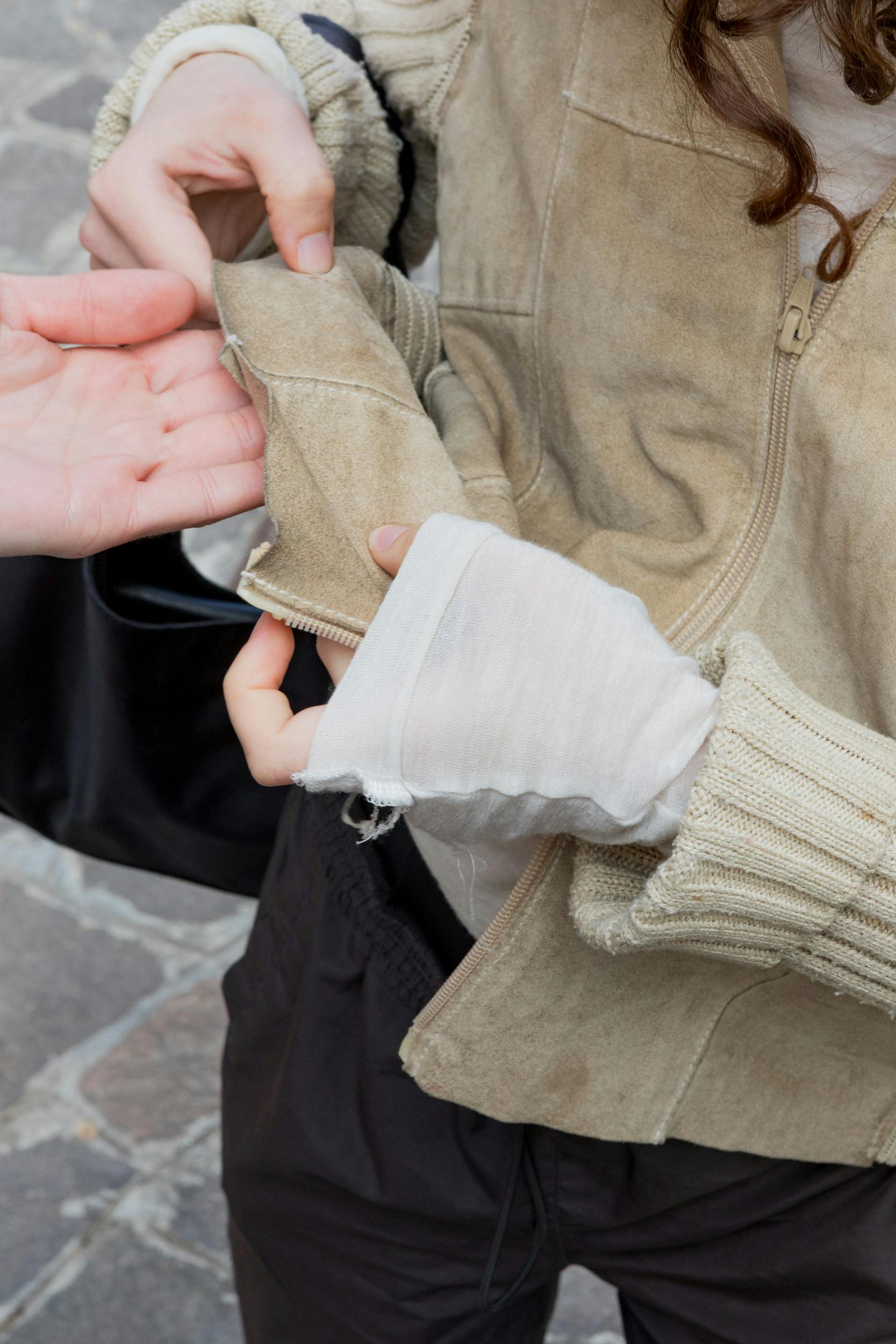
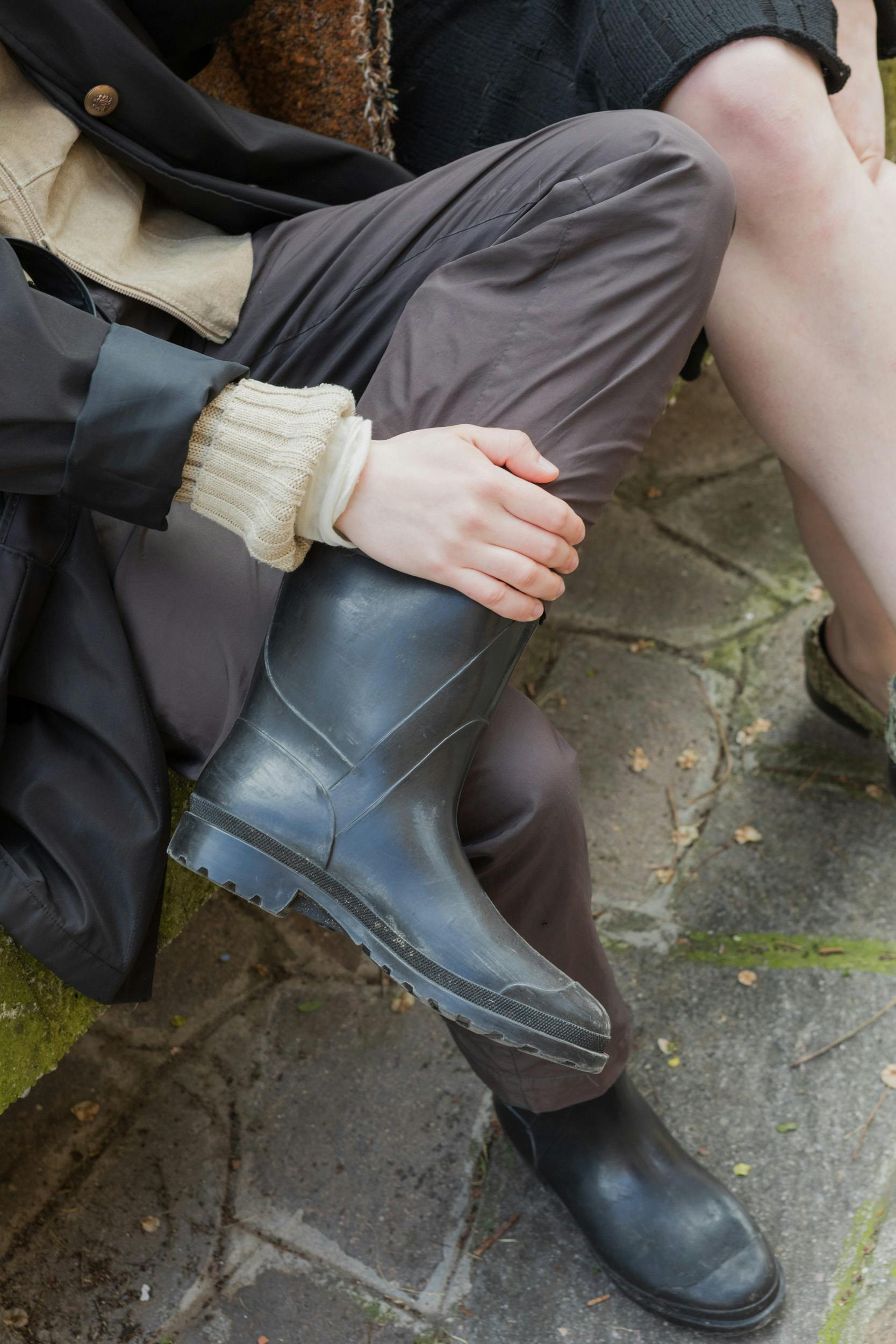
Caterina Capelli
I am. Go ahead.
Marina Marques
I started researching olfaction in contemporary art. I was looking for a free spot, where I didn’t have to confront history, or a network of references to dialogue with. Smell was sort of an uncharted territory. It was 2019. Browsing online, I couldn’t find anything in relation to olfaction in contemporary art. A pioneer was Sissel Tolaas, a Norwegian artist who created experimental fragrances for the fashion industry. Her perfumes were groundbreaking, very different from commercial ones. However, she’s always remained tied to the fashion world– where obviously you have a proper market. Perfume, as a commodity, has always been linked to luxury — more to the couture world than art. So it makes sense that the journey of the scent as an art form has its roots in fashion. Another pioneer was artist Luca Vitone, who created conceptual installations based on smell. His artworks recreate concepts that don’t have a proper smell. One revolved around the smell of asbestos, for example, which doesn’t exist. By designing scents, he’s able to tell stories. He does metaphorical works. This was the angle I embraced, following a classification by critic and dance historian Sally Banes: not scent in art in general, but as an independent, completed artwork of its own. It’s interesting to see how, in the 1960s-70s, artists had developed a certain intolerance towards the art object, and were trying to get rid of it.
Caterina Capelli
Was it because art objects had turned into commodities themselves?
Marina Marques
Exactly. There was a sort of political attempt to get rid of the material, in order to de-commodify the artwork. To me, working with olfaction is a way to bring the matter back in action but in an ephemeral, invisible way, which, at the very least, might be more difficult to exploit.
Caterina Capelli
Wow, it’s so beautiful here too!
We arrive in a huge square surrounded by unusual post-modernist buildings — a public housing complex designed by Vittorio Gregotti in the 80s, whose existence I had ignored until that moment. I’m shocked to see a poster hanging from the glass door of what I think is a community center: a rare painting by the Viennese artist and architect Hundertwasser, just like the one hanging in my dad’s living room for the past three decades. But let’s go ahead.
Caterina Capelli
I was thinking that some types of luxury today are much more accessible than they were before, to our parents or grandparents. Traveling, for example, or having home appliances, smartphones — even certain designer clothes or makeup are super mainstream now. The meaning of luxury has shifted into fields that are perceived to be outside the mainstream, more ‘stealthy.’ What type of luxury do you think niche perfumery evokes?
Marina Marques
In the age of individualism, it’s the luxury of [having] an aura — something allowing you to express a status and state your difference from anyone else. Perfume allows individuality to manifest in extra-specific ways. It offers the opportunity to reveal something that’s normally hidden — or just to remain silent, but still be perceived. It’s a form of seduction.
Caterina Capelli
Should we say that perfume provides luxury in the sense that it nurtures identity, which, in mass culture, should be considered a luxury by itself?
Marina Marques
Absolutely. And the more options you have, the more the chances you will find a niche that precisely represents you — that feels properly yours.
Caterina Capelli
I just remembered that while you were working at our store, you offered to create Laguna~B’s fragrance. How would Laguna~B smell?
Marina Marques
Oh my goodness. To me, Laguna~B would smell a bit like a pool — glossy water, not dirty or organic water. The fragrance would be an eau de toilette, something light and not very concentrated, with a light blue tint. I would add elements reminiscent of the 90s, when Laguna~B was born — a playful, self-humorous touch. I imagine it as a high-pitched fragrance, combining citrusy hints with synthetic notes; it should be a bit funky. Chlorinated and fragrant. I picture something aquatic with a white flower pushing up [the aroma], and a festive touch as well. It should express the feeling of free time, of light-heartedness, and of uncapitalized leisure time.
Caterina Capelli
I definitely hope we’ll resume the project. I would spray all over the store — and myself. [We jump on a vaporetto, and Alessandro wants to photograph Marina’s miniature perfumes collection at her place. I lean with my back against the boat’s metal rails, something I know — the staff keep saying it — I shouldn’t do.] What if I fall out in the water like Tanya from White Lotus?
